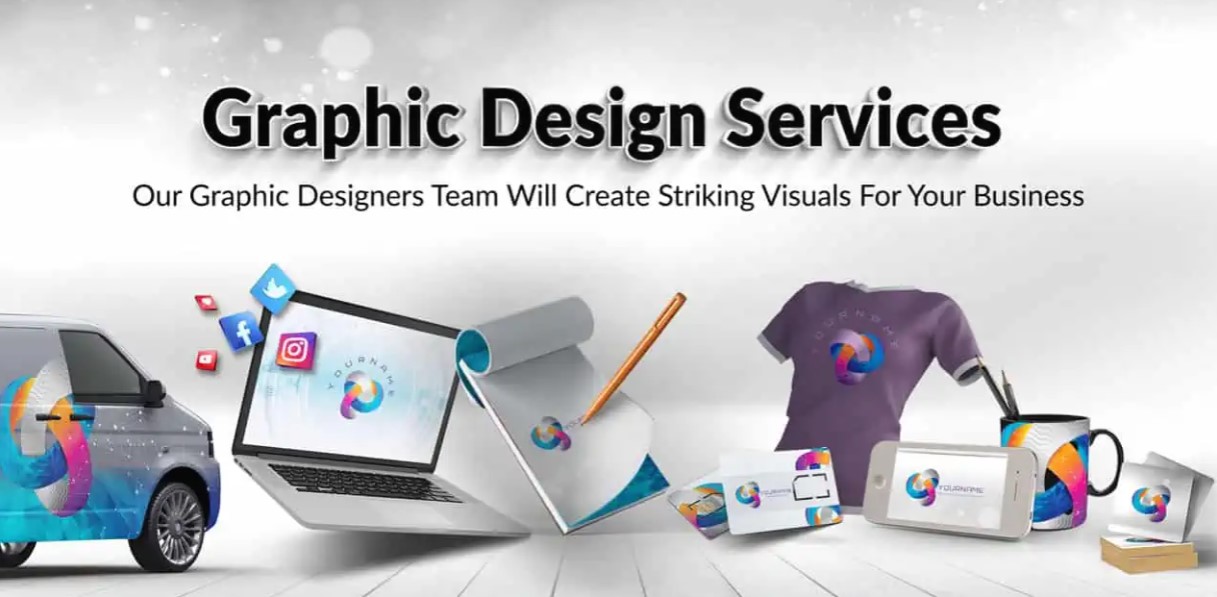In the realm of modern architecture and design, the integration of 3D visualization has revolutionized the way architects, designers, and clients interact with ideas and concepts. This cutting-edge technology enhances communication, improves design accuracy, and ultimately leads to better project outcomes. In this article, we delve into the critical importance of 3D Exterior and Interior Visualization, exploring its myriad benefits and applications in today’s architectural landscape.
Enhanced Design Clarity
One of the foremost advantages of 3D visualization is its ability to provide unparalleled clarity in design representation. Unlike traditional 2D drawings, which can often lead to misinterpretations, 3D models offer a realistic view of spatial relationships, proportions, and materials. This clarity enables architects and designers to convey their visions more effectively to clients, ensuring that everyone is on the same page from the outset.
By using 3D renderings, architects can illustrate not just the aesthetics of a building, but also its functionality. For instance, a well-crafted 3D visualization can depict how natural light will filter through a space at different times of the day, showcasing the interplay between light and shadow. This capability allows clients to envision their future spaces in a more immersive way, facilitating better-informed decisions.
Streamlined Design Process
Incorporating 3D visualization into the design process streamlines workflows significantly. Traditional methods often involve a back-and-forth between architects and clients, leading to prolonged discussions and revisions. With 3D modeling, designers can quickly generate multiple iterations of a concept, allowing for faster feedback and adjustments. This agility in design fosters a more collaborative environment, where clients feel empowered to express their preferences and ideas.
Moreover, advanced software tools allow architects to integrate various elements, such as landscaping and interior design, into a cohesive visualization. This holistic approach not only enhances the design but also simplifies communication with other stakeholders, such as contractors and engineers, who can better understand the project’s vision and technical requirements.
Improved Marketing and Client Engagement
In an increasingly competitive market, effective marketing strategies are essential for architectural firms to stand out. 3D visualization serves as a powerful marketing tool, enabling firms to showcase their designs in a compelling and engaging manner. High-quality renderings and animations can captivate potential clients, drawing them in and sparking interest in a project.
Furthermore, the use of virtual reality (VR) and augmented reality (AR) technologies enhances client engagement even further. Clients can immerse themselves in a 3D walkthrough, experiencing the space as if it were already built. This interactive experience not only impresses clients but also solidifies their connection to the project, making them more likely to invest in the proposed designs.
Facilitating Better Decision Making
3D visualization empowers clients to make informed decisions throughout the design process. By providing a realistic preview of the finished product, architects can help clients understand the implications of design choices, such as material selection, spatial layout, and color schemes. This transparency reduces the likelihood of costly changes during construction, as clients can visualize and approve designs before the build phase.
Additionally, 3D models enable architects to conduct thorough analyses of designs, including energy efficiency and structural integrity. By simulating various scenarios, such as environmental impacts or user interactions, architects can refine their designs to meet sustainability goals and improve overall functionality.
Cost Efficiency in Project Management
While the initial investment in 3D visualization technology may seem significant, the long-term savings it offers are substantial. By identifying potential design flaws early in the process, architects can avoid costly changes during construction. Moreover, clearer communication with contractors reduces the risk of misunderstandings and errors, further minimizing unexpected expenses.
Additionally, 3D visualization aids in accurate project estimation. With precise models, architects can provide more accurate material and labor cost assessments, allowing clients to budget effectively. This financial transparency fosters trust between architects and clients, ultimately leading to stronger business relationships.
Enhancing Collaboration Among Stakeholders
In today’s complex architectural projects, effective collaboration among various stakeholders is crucial. 3D visualization serves as a common language that bridges the gap between architects, engineers, contractors, and clients. By providing a visual reference, it aligns everyone’s understanding and expectations, promoting a cohesive approach to the project.
Furthermore, using cloud-based visualization tools allows for real-time collaboration, enabling team members to access and contribute to the project from different locations. This flexibility not only enhances productivity but also fosters a sense of unity among all participants, ensuring that everyone is working toward a shared goal.
Final Thoughts
In conclusion, 3D visualization is not just a trend; it is an essential component of modern architecture and design. By enhancing design clarity, streamlining processes, improving marketing strategies, facilitating better decision-making, ensuring cost efficiency, and enhancing collaboration, it transforms how architectural projects are conceived and executed.
As the architectural industry continues to evolve, embracing 3D visualization will be vital for professionals who wish to stay competitive and deliver exceptional results. By leveraging this powerful tool, architects and designers can not only meet but exceed client expectations, paving the way for innovative and successful projects.



